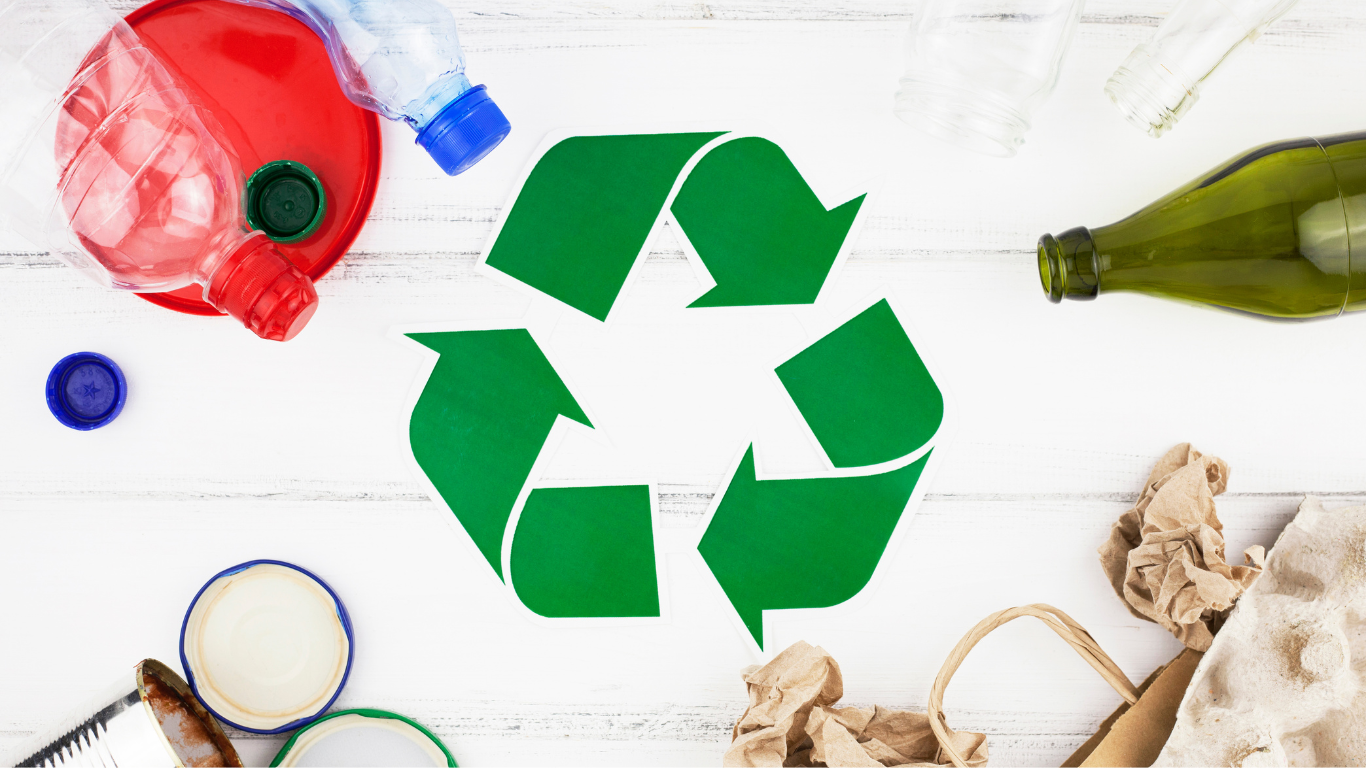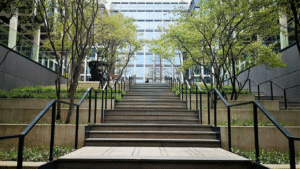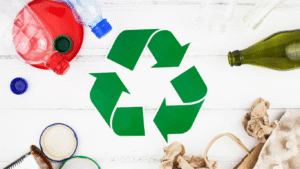Every year, millions of tons of items in the U.S. end up in landfills—furniture, appliances, clothing, electronics. Most of these items still have life left in them. But junk removal services are changing how we handle waste. Instead of just hauling your old stuff away, they help turn it into something useful again.
This is a clear example of the circular economy in action. Unlike the traditional “take, make, dispose” model, a circular economy keeps materials moving through multiple cycles. Even your old sofa or broken coffee maker can play a role.
What Is a Circular Economy?
A circular economy focuses on reducing waste and keeping products in use for as long as possible. The idea is simple: reuse, recycle, or repurpose before throwing things away.
Junk removal services fit perfectly into this model. They don’t just pick up your items—they evaluate what can be reused, donated, or recycled.
How Junk Removal Services Work in Practice
When you hire an eco-conscious junk removal company, here’s what typically happens:
- Collection: Your items are picked up from your home or office.
- Sorting: Items are separated into reusable, recyclable, or non-recyclable categories.
- Resale or Donation: Furniture and household items that are still in good condition often go to thrift stores or charities.
- Recycling: Electronics, appliances, and materials that can’t be resold are recycled properly.
For instance, Gone For Good Store in Colorado handles junk removal with resale and recycling in mind. Furniture is sold in their thrift stores, electronics are refurbished or recycled, and non-reusable items are responsibly processed. This approach keeps a significant amount of material out of landfills every year.
Environmental Benefits of Reusing and Recycling
Using junk removal services that focus on the circular economy has a direct impact on the environment:
- Reduced landfill waste: Less trash ends up in landfills, which produce methane, a powerful greenhouse gas.
- Energy savings: Recycling materials uses far less energy than making new products from raw materials. For example, recycling aluminum saves up to 95% of the energy compared to producing it from raw ore.
- Resource conservation: Reusing items extends the life of the materials and reduces the need to extract new resources.
Social and Economic Benefits
The benefits of circular junk removal go beyond the environment:
- Support for local communities: Items resold in thrift stores provide affordable options for families and individuals.
- Charitable impact: Donations directly help people in need.
- Job creation: Collection, sorting, and resale create local employment opportunities.
When you use these services, you’re helping your community and the planet while making your life easier.
How You Can Make the Most Impact
Here are a few tips to maximize your contribution to a circular economy through junk removal:
- Sort your items first: Identify what’s reusable, recyclable, or trash. It makes the process smoother.
- Choose eco-conscious services: Pick companies committed to resale and recycling.
- Donate when possible: If items are still usable, donating locally ensures they go to someone who needs them.
Limitations to Keep in Mind
Not everything you throw away can be reused or recycled. Some items are too damaged or contaminated to be safe. That said, even diverting a portion of your unwanted goods from landfills has a real impact. Every item reused or recycled counts.
Conclusion
Participating in a circular economy doesn’t require big lifestyle changes. Using junk removal services that focus on reuse and recycling is an easy way to keep materials in circulation, reduce waste, and support your community.
Next time you declutter, remember that your old furniture, appliances, and other items don’t have to end up in a landfill. With the right approach, your junk can become a resource again—for someone else and for the planet.
Article received via email






























